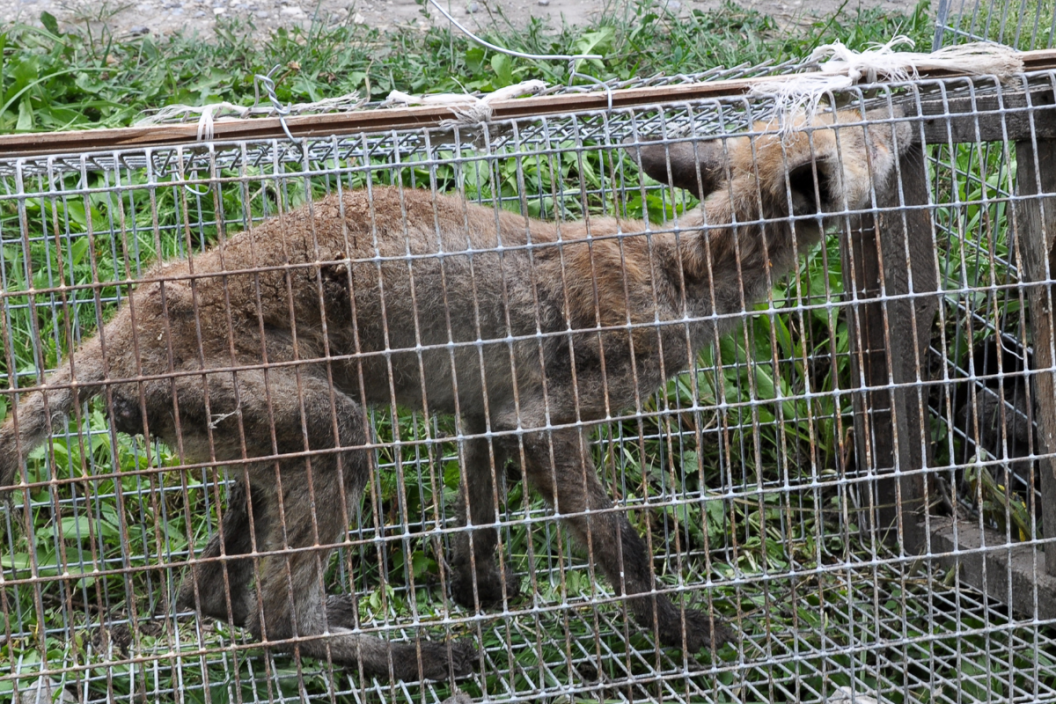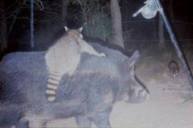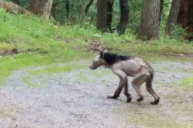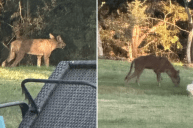Chupacabras are mythical creatures in folklore dating back to the mid-1990s. They are believed to attack and drink the blood of livestock, but are these blood-suckers real?
A Chupacabra, the name literally meaning "goat-sucker" in Spanish, is a mythical creature stemmed from folklores and fables going back to the mid-1990s, with people reporting alleged sightings of this imaginary animal in Puerto Rico in 1995. Chupacabras are believed to kill, suck, and drain the blood off of livestock, i.e. goats. (Um... horror movie vibes anyone?) Tales of these blood-sucking mysterious creatures known as "El Chupacabra" have been around in areas such as Mexico, Puerto Rico, and Central & South Americas; The folklore even spanned as far as China.
So, folks, is the Chupacabra real? We are here to debunk this fable once and for all.
Are Chupacabras Real? Nope, Just Hairless Raccoons
https://www.instagram.com/p/CGlelg9BAlG/
The answer is no — the mythical Chupacabra is actually just a hairless raccoon. While some scientists believe the mythical creature is just a coyote with severe mange, biologists say these hairless animals are actually hairless raccoons.
Let's be honest, the hairless raccoon is one odd creature.
Take "Dobby" for example, a hairless raccoon found in Orange County, near Orlando, Florida a couple of years ago in 2018. Aptly named after the cute house elf in Harry Potter, this hairless animal was found under a car and was sent to a wildlife rescue in Orlando, the Back to Nature Wildlife Refuge. The little odd-looking hairless animal was first questioned whether it was a Chihuahua or the mythical Chupacabra.
Turns out, Dobby was a tiny six-pound hairless raccoon, a balding critter with wrinkly and smooth black skin — hairless raccoons resemble, well, little Chupacabras.
Hairless raccoons are raccoons with mange, a skin disease in animals caused by parasitic mites that results in hair loss. Like Dobby, these hairless animals are raccoons suffering from either mange or a condition called alopecia — an autoimmune disorder where the main symptom is hair loss. Hairless raccoons can also come from having a genetic mutation of some sort.
One thing we know for sure: Chupacabras are not real. While these small raccoons are often the inspiration behind the mythical Chupacabra, all presumed "Chupacabras" turn out to be commonly seen animals in these various regions... Or are they?
Have you seen a "Chupacabra"? Share your story on our Wide Open Pets Facebook page!
This article was originally published December 18, 2020.




